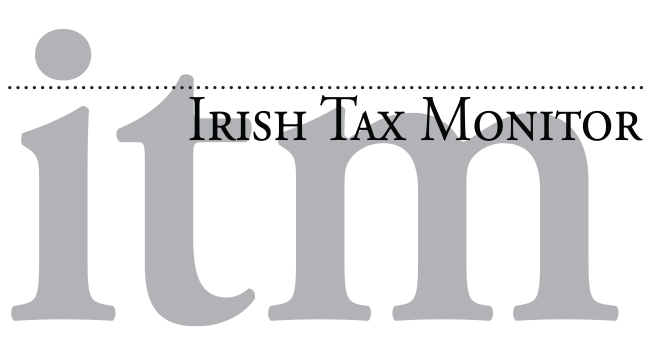The Republic of Ireland's current official national debt, in euros, and as a percentage of national income (a measure of how much it is leveraged):
Ireland's national debt (NTMA definition - see 'Composition of 'National Debt' table) as a percentage of 2023 GDP (eur €552bn)* (on the left, below), and as a percentage of 2023 GNP (eur €397bn)* (on the right):
| GDP | GNP |
|---|---|
Loading...% |
Loading...% |

The FINANCE DUBLIN Irish Government Debt Clock was set at midnight on June 30th 2009, when it was €65.278 billion (38.4% of the then (2009) GDP of €170.1 billion). In the twelve years since, it fluctuated dramatically, more than doubling in the aftermath of the GFC and the financial crash in Ireland. It stabilised by mid decade at c.€180 billion, and began to fall dramatically in the latter half of the decade as world leading growth in the economy again reversed the rising trend of national debt as a percentage of national income.
The dramatic impact of the Covid-19 pandemic was reflected in a renewed upward trend in nominal debt levels in Ireland in 2020 and in 2021, with the Irish National Debt reaching €239 billion by the end of March 2022 (€208 billion on December 31st 2021).
However, as a result of remarkable, world leading growth rates in the Irish economy in 2020 and 2021 (the two years of the Covid pandemic), the Debt to National Income ratios turned down again, dramatically in fact, by some 12 percentage points of national income in the 2 years to the end of 2021. In 2022, the trend of sharp, unprecedented cuts in indebtedness continued, with, in terms of 2023 figures, debt falling by approximately 8 percentage points of GNP/GDP in 2022 compared with 2021.
This has brought the debt/GDP ratio in 2023 to a level approaching the sustainable levels recorded at the beginning of the Finance Dublin Debt Clock's history in 2009, when the ratio was just 12% points lower than what it was at the end of the first quarter of 2023. The nominal national debt levels are now again also on a downward trajectory.
Economics literature has long featured a discussion on the topic 'does national debt matter' (certainly since the time it was consciously developed as an adjunct to the financial markets (in the UK in the early 1800s, in the form of 'gilts')). Probably the most important aspect of the debate has to do with national sovereignty - if 'national' debt is owed to foreign creditors, a sovereign Exchequer is at their behest to pay it back. If it is owed internally - i.e. to the sovereign's own citizens, it is a different matter - the issue being one, potentially, of inter-generational or inter social group transfers of wealth. This implies then the power to 'kick the can down the road', or to favour particular social groups. If the sovereign also controls the nation's money supply i.e. can print the national currency at will, this independence can also be exerted (but usually only achievable without causing inflation in the short term, for as long as production keeps up, (the supply side) with the rate of creation of new money).
Ultimately, for countries large and small, national debt potentially becomes an issue around national sovereignty. It is in this respect equivalent to the position of the individual. The best guarantee of national sovereignty is national debt being low as a percentage of national income (however measured). Best of all would be no or negligible debt.
*Note: The Debt Clock updates the latest figures for the National Debt of the Republic of Ireland. The 'clock' is re-set periodically to reflect updated National Income data from the Central Statistics Office. Also debt and deficit estimates from the Dept of Finance, the National Treasury Management Agency (NTMA), and agencies such as the Central Bank and ESRI are included in the assessment of the current rate of change.